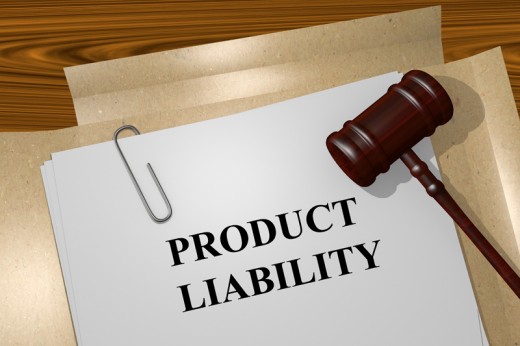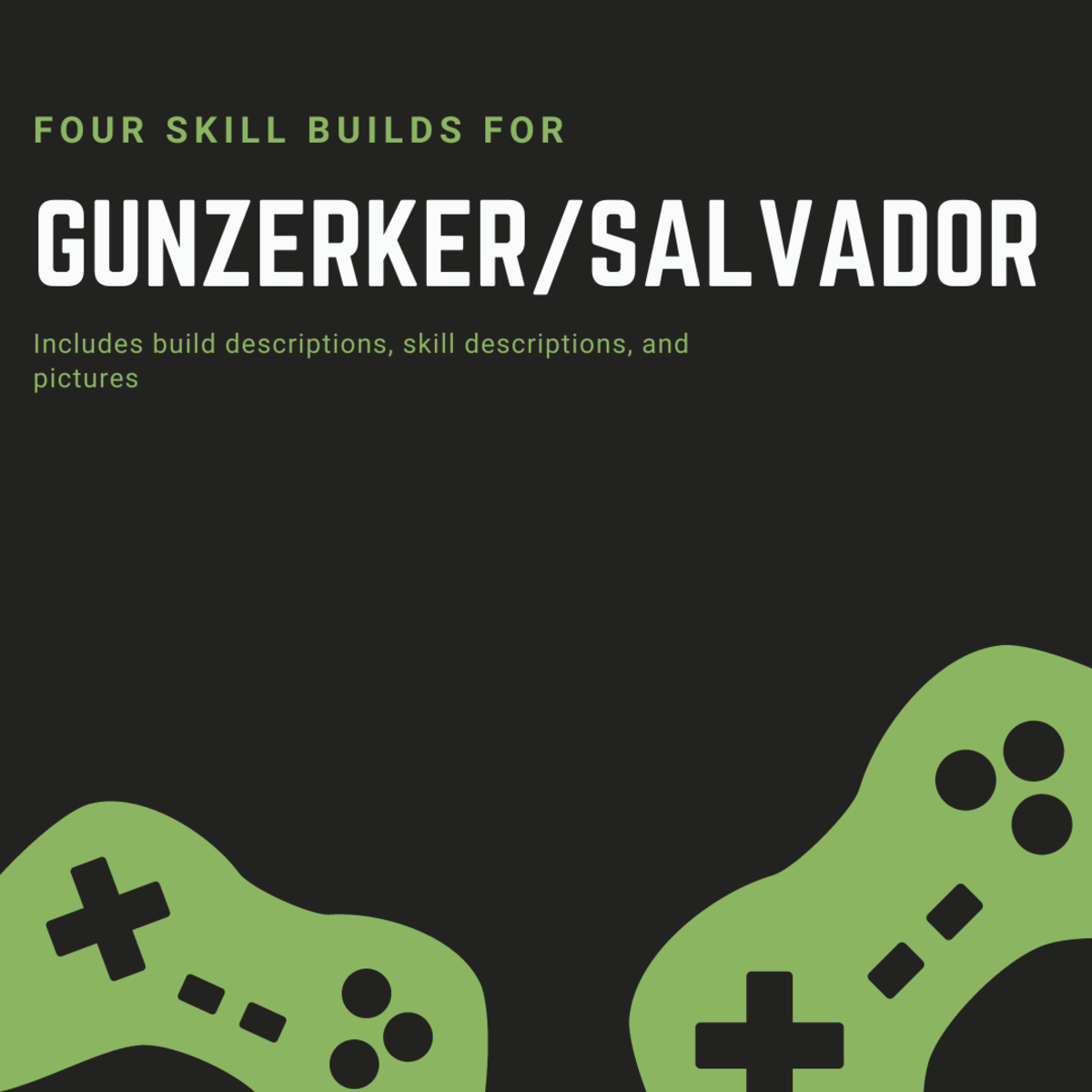What is Product Liability & When to Sue
Product liability is an area of law that deals with personal injury or property damage caused by defective products. It is similar to personal injury law in that you must prove that the product in question was defective and that the defective product caused the injury in question in order to have a claim. However, there is no uniform federal law governing product liability, and it may not be necessary to prove that the defect in question was the result of negligence. For example, in some cases, under what is known as strict liability, it is only necessary to prove the existence of the defect itself in order to establish the manufacturer’s responsibility.
Product liability cases tend to fall into three broad categories: defective design, defective manufacture, or failure to adequately instruct consumers about the product’s use or warn them of potential hazards.

Defective Design
In defective design, the product is inherently unsafe based on the way it is designed. One classic defective design case is the Ford Pinto. This subcompact car, manufactured in the 1970s, had a gas tank placed behind the rear axle in an attempt to increase trunk space. Unfortunately, this placement made the car vulnerable to gas tank ruptures in rear-end collisions, and resulted in numerous accidents involving injuries and fatalities where the car burst into flames. Over 100 lawsuits were brought against Ford in connection with the defect. The company ultimately recalled the cars to install new bumpers and other features to improve safety.
Defective Manufacture
In defective manufacture cases, the unsafe condition is caused by a flaw during the manufacture of the product. In 2000, Bridgestone/Firestone Tires issued a recall of 6.5 million tires, most of which were sold as original equipment on Ford Explorers and other light trucks. The tires in question had been implicated in a number of accidents causing injuries and death where the treads separated from the tires. However, not all cars equipped with that type of tire experienced tread separation. An analysis of the accidents traced the affected tires back to a particular plant in Decatur, Illinois where they had been manufactured.
Failure to Warn / Failure to Instruct
According to the product liability lawyers at Hodes, Milman, & Liebeck LLP, In a failure to warn or failure to instruct case, it must be shown that the manufacturer failed to warn consumers adequately about potential dangers of their product or instruct them on its use. This factor came into play in the infamous McDonald’s coffee case, in which the plaintiff suffered severe burns requiring skin grafting and a week-long hospital stay. In part, the case found that while McDonald’s had a corporate policy requiring that coffee be served at 185 degrees, approximately 40 degrees hotter than coffee made in a home coffeepot would be, it had failed to adequately warn consumers that at that temperature, the liquid could rapidly cause third-degree burns. The company subsequently changed its policy to reduce the risk to customers.
The laws and statutes of limitations regarding product liability claims vary from state to state, and filing a claim can be a complex undertaking requiring expert testimony to determine fault. Knowing all the facts and contacting an experienced product liability lawyer is the first step in getting what you deserve.






